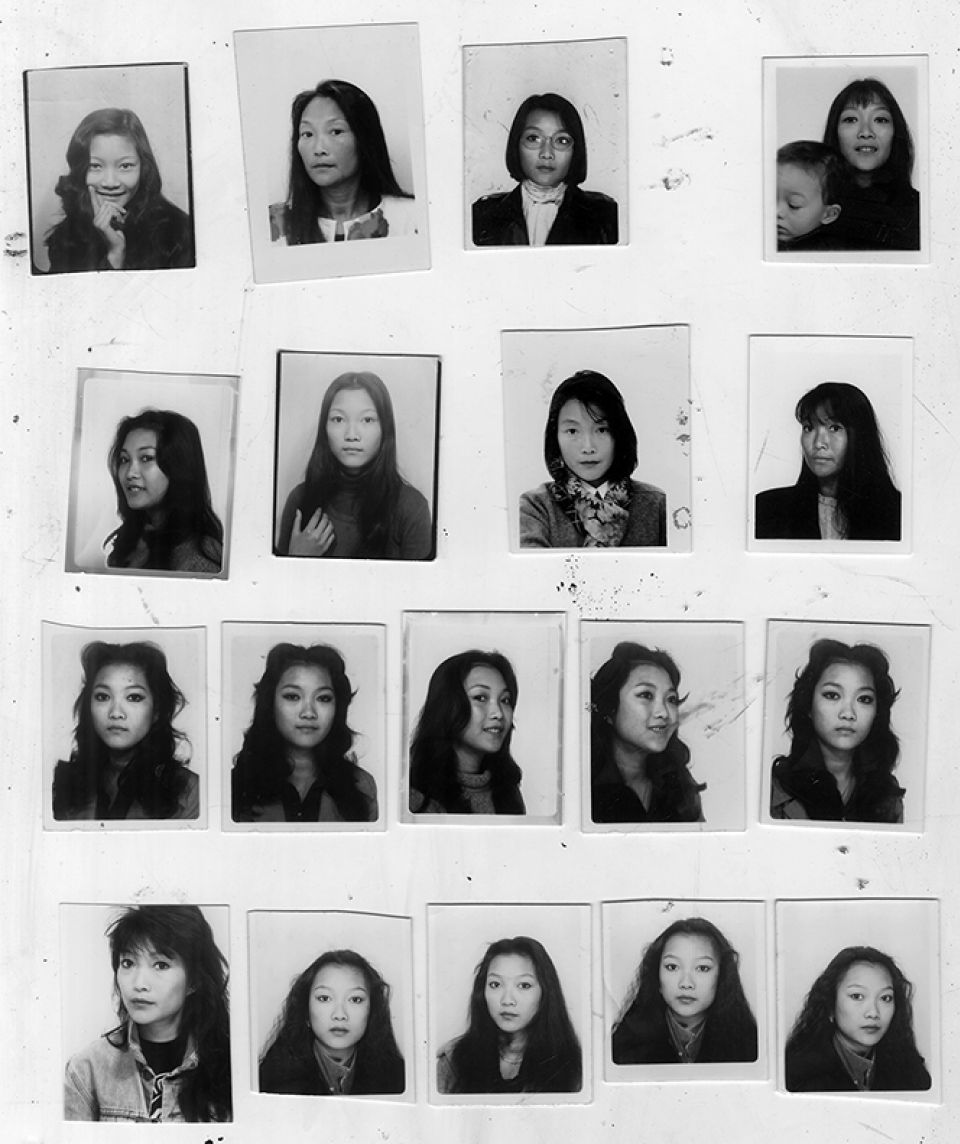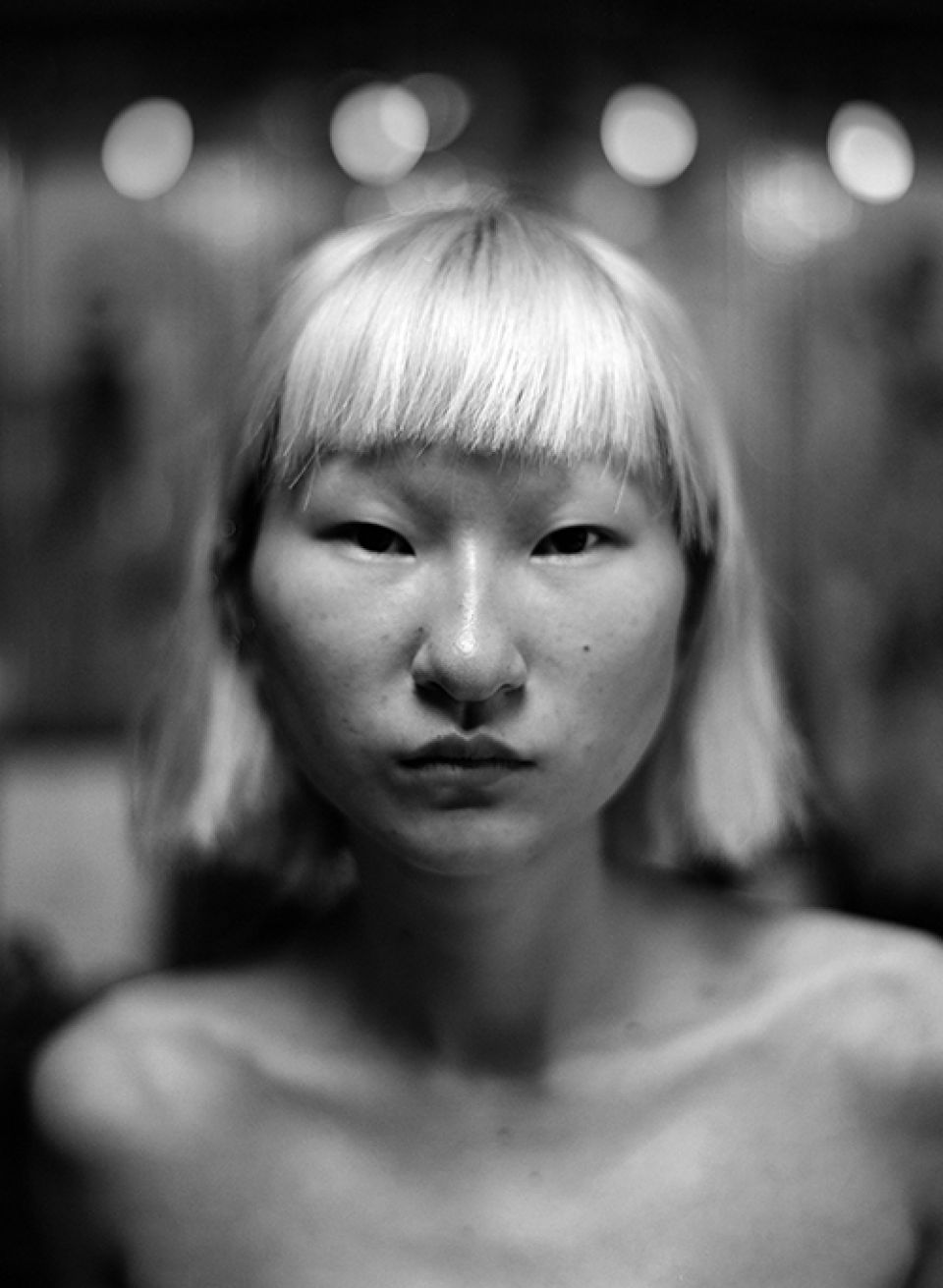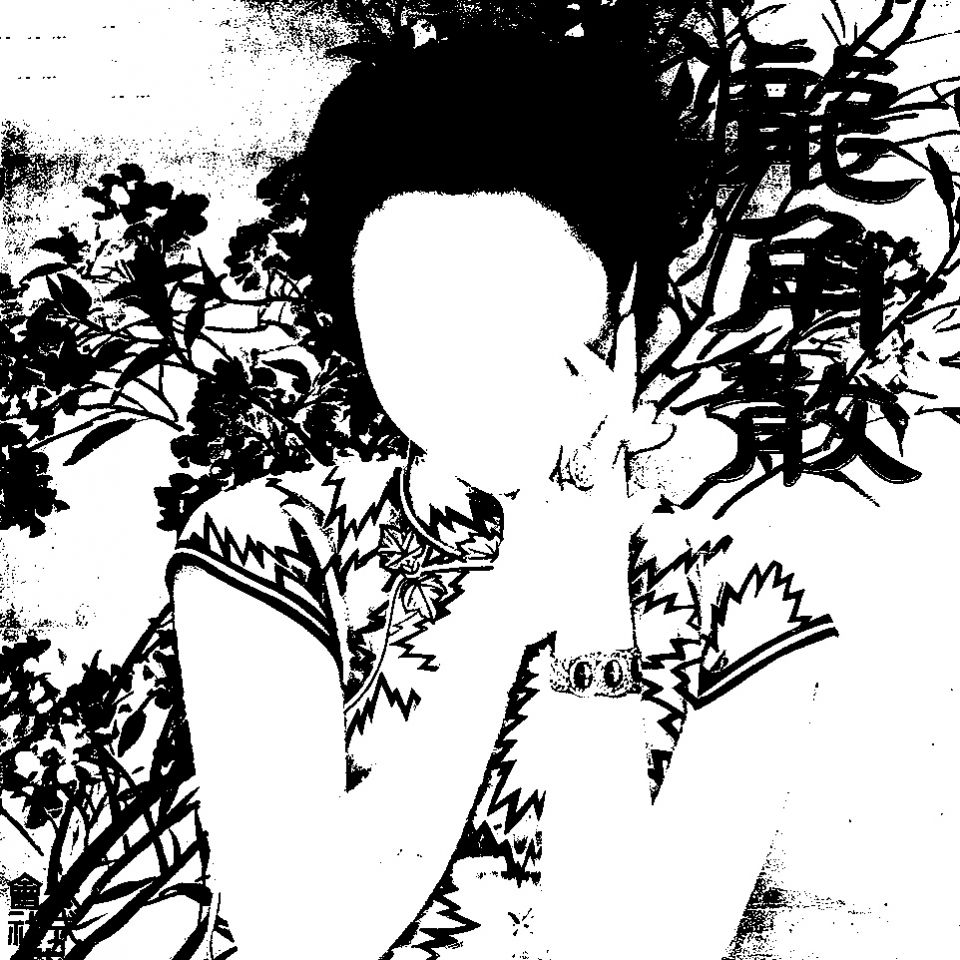Editorial Vol. 1
Gaze at the Other, Gaze of the Other
In the early twentieth century, China’s progressive internationalization was manifested and exported through the pattern of the Qipao (or Cheongsam) dress. In that era of Hollywood’s Golden Age, this dress came to be recurrently used across Western cinema and media as an orientalist symbol, laden with ideas of mystery and seduction, becoming one of many cultural signifiers that have participated in the construction of a certain vision of Asia, specifically designed to satisfy the desire of the “white gaze.”
In 2021, Western projections about Asia can be seen in the media, on social networks, in the creations of designers and artists, etc. But the global impact of such projections is becoming ever more noticeable in the racial hierarchies that people of Asian descent are confronted with on a daily basis. Banal clichés have grown in intensity and in frequency, participating in the scapegoating of communities. Presidential exhortation and COVID-19 panic triggered brutal reminders of the impact of harmful and inaccurate rhetoric—in particular how such can feed a growing stream of misconceptions and white supremacist violence.
There are some people who have absolutely no interest in identifying the day-to-day impact of such discrimination, or learning about the ways Asia looks back at the rest of the world. There are also many who have a great sense of curiosity for discovery, but often lack any relevant or accessible sources. It is to these people that this first volume of Ying Xiang 映象 Journal intends to bring its collection of oblique insights. From traditional Chinese opera to Tik Tok, via Paris or Chengdu, the themes addressed explore the ways cultural elements intersect, in serenity and splendor, to pollinate our ways of thinking, speaking, dressing and seeing.
The way we look at the world is always informed by the way the world looks at us.
Gaze at the Other, Gaze of the Other explores the changing nature of everyday identity politics by means of visual imagery, collective imaginaries and emotional geographies.
Joël Vacheron
Lisbon, March, 2021

















